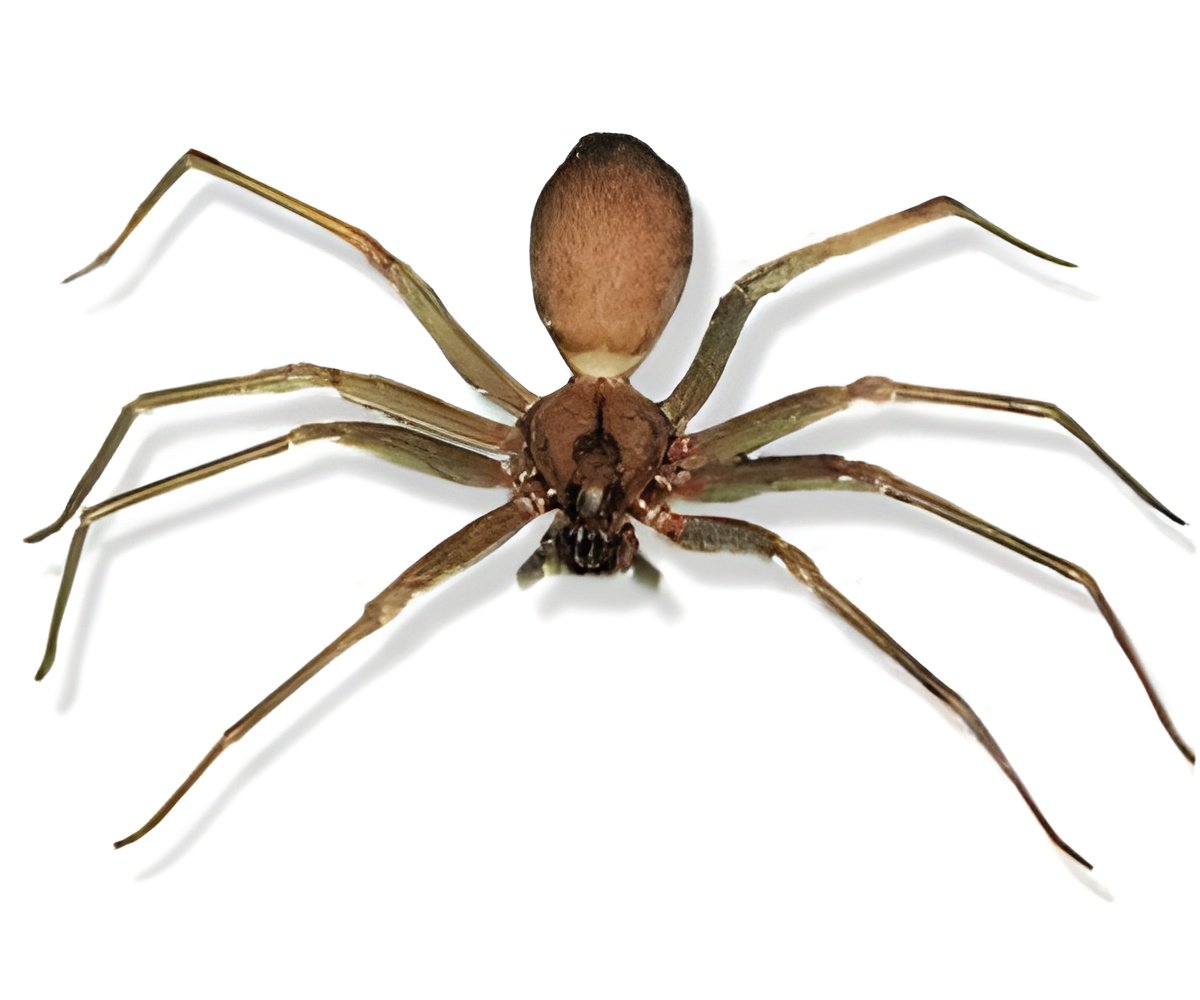
It's a good story, but there's just one problem – Harvard scientists now know it's not true.
The largest-ever phylogenetic study of spiders, conducted by postdoctoral student Rosa Fernández, Gonzalo Giribet, Alexander Agassiz Professor of Zoology, and Gustavo Hormiga, a professor at George Washington University, shows that, contrary to long-held popular opinion, the two groups of spiders that weave orb-shaped webs do not share a single origin. The study is described in a July 17 paper published in Current Biology.
"This study examines two different groups of orb-weaver spiders, as well as several other species," Giribet said. "Using thousands of genes, we did a comparative phylogenetic analysis, and what we now know is there is not a single origin for the orb-weaver spiders.
"There are two possible explanations for this," he continued. "One is that the orb web evolved far back in the lineage of the two groups, but has been lost in some groups. The other option is that the orb web evolved independently in these two groups. We still haven't resolved that question yet – we need to sample many more of these intermediate groups before we can say which option is correct."
The belief that orb-weaver spiders shared a common origin, Giribet said, came largely from earlier morphological studies.
Advertisement
"Some early analyses pointed out that spiders with orb webs didn't form a group – they appeared in different places along the tree," Giribet said. "But the genes that were being used weren't enough to elucidate the evolution of a very diverse group like spiders, so most people dismissed many of those results."
Advertisement
"The technology has changed what we are able to do in terms of the questions we can ask and the questions we can answer," Giribet continued. "Even just five years ago, we were spending thousands of dollars to sequence 3,000 genes. Today, we're spending just a few hundreds of dollars to sequence millions, which is almost an entire genome.
In the case of Giribet and Fernández, the technology allowed them to sequence genes from 14 different spiders, creating the largest genomic data set for the study of spiders.
"This paper is at the forefront of how these large data sets are being analyzed, and how we are now constructing phylogenies using molecular data," Giribet said. "We can now test all possible pitfalls of phylogenetic interference to make sure our results are as accurate as possible."
Though his hunch, Giribet said, is that the two orb-weaver groups evolved independently, he's now designing a study that will examine the genetics of as many as 150 spider species to test that hypothesis.
While the two groups create very similar webs, he said, their strategies for using them, how they manufacture silk, and even the silk used to construct them are very different. While one group passively uses their web to catch prey, some species in the other use it like a net, holding it between their legs, and trapping insects with it.
"Their behaviors are very different, the types of silk are very different – it's my bet that these would be two separate evolutions of a similar structure of web," Giribet said. "But we need to further test it, and we are now looking to expand this study to include as many as 150 different spiders."
Source-Eurekalert









